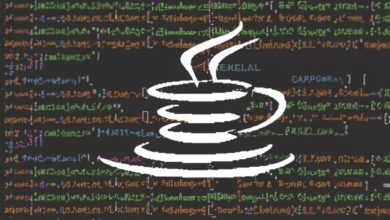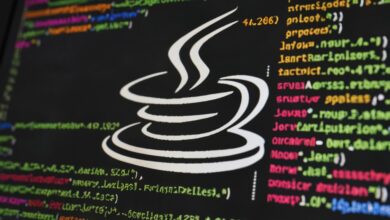
Java (programming language)
Java Program to Print Multiplication of Given Array Elements
Understanding Array Multiplication in Java
In Java, multiplying array elements involves calculating the product of all values within a given array. This operation is frequently used in various programming tasks, such as:
- Calculating totals or sums of products: For instance, finding the total sales revenue by multiplying individual product prices by their quantities.
- Implementing mathematical algorithms: Many algorithms, such as matrix operations and statistical calculations, involve array multiplication.
- Solving problems related to data analysis and manipulation: Array multiplication can be used to create new arrays with modified values, explore relationships between data points, or implement filtering and transformation techniques.
Iterative Approach
The iterative approach involves using a loop to traverse the array elements and multiply them sequentially. Here’s a step-by-step guide:
- Declare and initialize an array:
Java
int[] numbers = {2, 5, 3, 7, 1};
- Create a variable to store the product, initialized to 1:
Java
int product = 1;
- Use a
forloop to iterate through the array:
Java
for (int i = 0; i < numbers.length; i++) {
product *= numbers[i]; // Multiply current element with the product
}
- Print the final product:
Java
System.out.println("Product of array elements: " + product);
Recursive Approach
The recursive approach employs a method that calls itself to compute the product. Here’s how it works:
- Define a recursive method:
Java
public static int multiplyElements(int[] arr, int index) {
if (index == arr.length) {
return 1; // Base case: empty array has a product of 1
} else {
return arr[index] * multiplyElements(arr, index + 1);
}
}
- Call the method with the initial array and index 0:
Java
int product = multiplyElements(numbers, 0);
System.out.println("Product of array elements (recursive): " + product);
Key Points to Remember
- Handle potential errors, such as empty arrays or arrays containing zeroes, to prevent runtime exceptions.
- Consider using appropriate data types (e.g.,
longorBigInteger) to accommodate large products and avoid overflow. - Explore alternative approaches, such as using streams in Java 8 or functional programming techniques for concise solutions.
- Analyze the time and space complexities of different approaches to choose the most suitable one for your specific use case.




